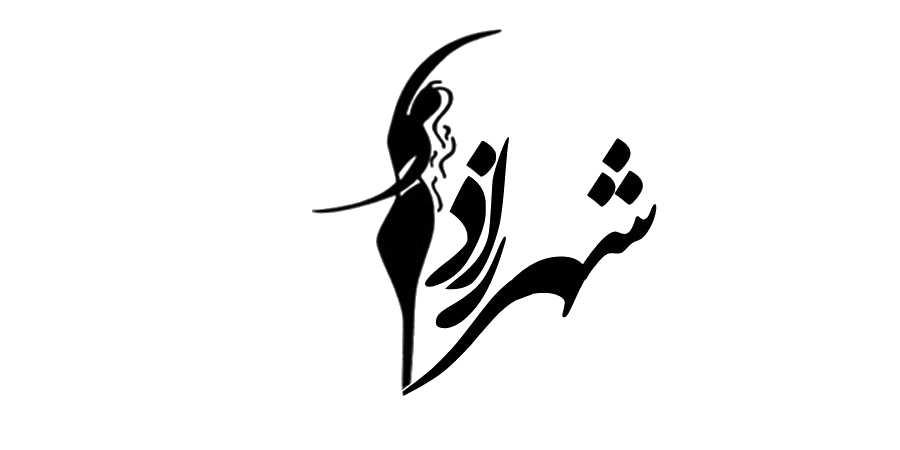
“Dance is the hidden language of the soul of the body”
― Martha Graham
Dance has had a history of being considered a “low-class” activity, and at best a frivolous hobby. Traditionally, a professional dancer, who although might be hired and appreciated for his/her talents, would not receive much respect from the community. Perhaps this is the reason this particular art form- as opposed to others such as, poetry, painting, or architecture- has not had a fair chance to develop in Iranian culture. While other art forms have lived through various stages, dance has remained vague, rudimentary, socially reproached, and even legally forbidden(after the Islamic revolution of 1979). The issue here is not that people refuse to accept dance as an art form, but that they do not expect Persian dance to be a sophisticated art from. The average person views dance as a social activity done at parties to popular music and, in general, does not expect movement to contain a message or build upon a concept. Traditionally dance as an independent art is not assumed to express a specific thought or feeling, or to raise a question. It is considered as merely a reaction to another, more sophisticated art form, such as poetry or music. It is certainly not expected to make a viewer emotionally uncomfortable as a dissonant piece of music, a dark film, or a theatrical scene may, because it is always supposed to be beautiful and express joy, a visual ornamentation on upbeat music. However, the truth is, when an audience sees a dance that communicates thoughts and feelings in an artful way, it does recognize its inherent artistic integrity. When put against other more decorative and less potent dances, people immediately, and completely astonished I might add, see it as art. The job of an artist—in this case a dancer or choreographer—is to raise the standards of this art form by deeply examining a source and motivation for movement, creating new themes and variations on existing ones, and exploring ways to fully express thoughts and emotions through movement, pushing the boundaries of tradition if necessary, while studying the technique necessary to make all of it happen in a real and comprehensible way.
As lovers and supporters of the art of dance, we must demand that it expresses something meaningful, and expect to be emotionally touched, intellectually fulfilled, or spiritually
enlightened. We must demand of the art of dance the same things we do of other arts.

